SFP Meaning: A Comprehensive Guide
Table of content
Introduction
As technology continues to grow, networking ecosystems are also becoming easier than before. At the same time, network administrators seek to consider devices and tools that can provide them with advanced features and capabilities. One of these devices is the SFP module. An SFP module enables high-data transmission over longer distances and connects devices like routers, switches, and firewalls to fiber optic or copper network cables. Besides, these modules offer ease of use, versatile connection options, and reduce communication costs to a large extent. Like many others, if you are interested in upgrading your network by bringing flexibility to it, an SFP module can help you. How? We have the answer.
In this blog, we will dig deeper into the basic definition, types, features, and use cases of SFP modules. Read ahead and learn SFP meaning and its different aspects.
What Is SFP?
SFP stands for Small Form-factor Pluggable. It is a module that is mostly used in optical fiber communications and network equipment. It connects network equipment, such as routers, switches, and firewalls to fiber optic or copper network cables. An SFP module’s main job is to convert electrical signals into optical signals for transmission and convert received optical signals back into electrical signals. Besides, it is a small pluggable and hot-swappable device that can easily be plugged and unplugged. This capability results in the network’s flexibility and easy upgradation.
What Are The Benefits of Using SFP Modules?
Small Form-factor Pluggable modules bring several benefits and distinct features into a network system. Let’s discuss their benefits here:
Scalability and Versatility:
SFP modules are compatible with a variety of network devices offering scalability and versatility in their connection option options. Their small size and ease of use help you modify and upgrade your network without any extra effort. They can be used with fiber optic as well as with copper network cables tacking evolving network requirements.
Upgradation Without Shutdown:
Their hot-swapability ensures that network modifications and upgrades can be made without shutting down the system. This results in reduced downtime and efficient workflow.
Cost-Effectiveness:
Network upgradation requires replacing the devices, which leads to high expenditures. SFP modules reduce this cost by just swapping the devices instead of replacing the devices.
Enhanced Performance:
SFP module offers data ranging from 1 Gbps to 100 Gbps and facilitates high-speed data transmission over longer distances. Besides, it is vital for bandwidth-intensive applications. Most importantly, it transfers data over short and longer distances without any significant signal loss. It results in enhanced performance and efficiency in the overall network.
Types of SFP Modules
SFP modules use different media for transmission. Besides, they offer various data rates, and transmission distances they can cover. In addition, types of SFP modules can be discussed in terms of their cable core diameter, operating temperature, and by variants. Let’s discuss all these categories here:
SFP Modules By Media Type
| Specification | Multimode SFP | Single-mode SFP |
| Fiber Type | 62.5/125µm or 50/125µm core MMF | 9/125µm core SMF |
| Working Wavelength | Mainly in 850 nm and 1300 nm | Mainly in 1310 nm and 1550 nm |
| Color Coding | Black | Blue for 1310nm SFP Yellow for 1550nm SFP |
| Transmission Distance | 100m / 550m | 2km up to 200km |
SFP Modules By Cable Core Diameter
For Multimode SFP
| Product | Wavelength | Max. Transmit Distance | Connector |
| Multimode SFP | 850nm | 550m | LC (Lucent Connector) Duplex |
| 1000BASE-SX-31 | 1310nm | 2km | LC (Lucent Connector) Duplex |
| 1000BASE-LX-31 | 1310nm | 20km | LC (Lucent Connector) Duplex |
| 1000BASE-LH-31 | 1310nm | 40km | LC (Lucent Connector) Duplex |
Single Mode SFP
| Standard | Wavelength | Range | Connector |
| 1000BASE-ZX-55 | 1550nm | 80km | LC (Lucent Connector) Duplex |
| 1000BASE-EZX-55 | 1550nm | 120km | LC (Lucent Connector) Duplex |
| 1000BASE-ZXC-55 | 1550nm | 160km | LC (Lucent Connector) Duplex |
For BiDi SFP and WDM SFP
| Type | Standard | Wavelengths | Distance | Connector |
| BiDi SFP | 1000BASE-BX | 1310nm/1550nm, 1310nm/1490nm, 1510nm/1590nm | 2km ~ 160km | LC (Lucent Connector) Duplex/Simplex |
| WDM SFP | 1000BASE-DWDM | C17 ~ C61 | 80km ~ 100km | LC (Lucent Connector) Duplex |
SFP Modules By Operating Temperature
| SFP Operating Temperature | Description | Temperature Range | Suitable Environments |
| Commercial Grade (Commercial) | Standard SFP modules for typical work environments. | 0°C to 70°C | Ordinary office and data center environments. |
| Industrial Grade (Industrial) | Designed for demanding industrial environments. | -40°C to 85°C | Industrial control systems, outdoor equipment, and applications requiring reliable operation in extreme temperatures. |
| Military Grade (Military) | Designed for military applications with extreme durability and reliability. | -55°C to 100°C | Military applications and environments with extreme conditions requiring long periods of stable operation. |
SFP Moules By Variants
| SFP Variant | Description |
| SFP | Standard SFP transceivers support speeds up to 1 Gbps and are used for Gigabit Ethernet and Fibre Channel |
| SFP+ | Enhanced version of the SFP supporting data rates up to 10 Gbps. Commonly used in 10 Gigabit Ethernet and 8 Gbps Fibre Channel. Some variants offer Direct Attach (DAC) capabilities with copper cables. |
| SFP28 | Designed for 25 Gbps Ethernet connections, allowing for higher speeds. Backwards compatible with SFP+ ports. |
Applications Of SFP Modules
Gone are the days when data centers were comprised of multiple rooms and buildings. In the present networking scenario, data center are no more than one room, and the reason behind this ease is small switching devices. An SFP module enables communication and high-speed data communication between devices.
In this session, we will cover the main applications and use cases of a small form-factor pluggable to see where you can apply it in your network. Op, let’s start:
Enterprise Data Centers:
High-speed connectivity and low latency are paramount in modern enterprises. SFP optical modules (10 Gigabit Ethernet or higher data rates) are used to connect servers, storage devices, and switches. Besides, they can extend data transmission distances, resulting in wide-range connections between devices.
MANs (Metropolitan Area Networks):
As SFP modules are famous for long-distance data transmission with minimal signal loss, they can be employed in metropolitan area networks for robust and reliable connectivity to link multiple buildings in a city.
Wireless Networks:
Small Form-factor pluggable modules can also be used in WiFi access points and base stations. They ensure fast and stable data transmission by providing backhaul connectivity between different wireless nodes. They are being used for short-range wireless links operating at frequencies of 60 GHz for millimeter-wave communication.
Fiber To The Home (FTTH):
FTTH networks are becoming popular due to high-speed internet demands in residential areas. So SFP optical modules enable the last-line connection between ISP and individual homes. SFPs, because of their compact size and easy setup, offer efficient FTTH deployments and deliver ultra-fast internet access to end-users.
Conclusion
SFP modules are essential to modern networking, offering scalability, versatility, and high performance for various applications. They enable efficient, high-speed data transmission from enterprise data centers to wireless networks and FTTH deployments while allowing for seamless network upgrades without downtime. As the demand for faster, more reliable networks grows, integrating SFP modules into your infrastructure is an innovative, cost-effective choice to keep your systems future-ready. The present blog sheds light on the various aspects of SFP modules, from their types to benefits and different applications.
If you are looking for further insights, you can visit Buyrouterswitch.com anytime. Here is everything you need.
Frequently Asked Questions
What is the difference between SFP and SFP+?
SFP and SFP+ can be recognized by their appearance. SFP+ is an updated version of SFP that supports high speed up to 10 Gbps. Besides, they both have differences in transmission distance and data rates.
What are the different types of SFP connectors?
There are two types of SFP connectors: copper and fiber. Copper SFP fiber uses the RJ45 connector interface, while fiber SFP uses the SFP Ic, SFP sc, and SFP MTP/MPO connector interfaces.
Is SFP faster than RJ45?
Small Form-factor Pluggable offers enhanced bandwidth and higher speeds than RJ45 ports. It becomes more accurate when fiber optic cables are used.
What is the maximum distance for SFP?
A single-mode SFP can transmit up to 10km, while an extended version can go up to 80km. Multimode small form-factor pluggable modules are a wise option for shorter distances and cheaper setups. They can transmit data up to 500m, while their extended version can transmit up to 2km.




 Catalog
Catalog

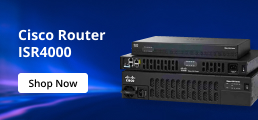
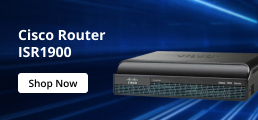

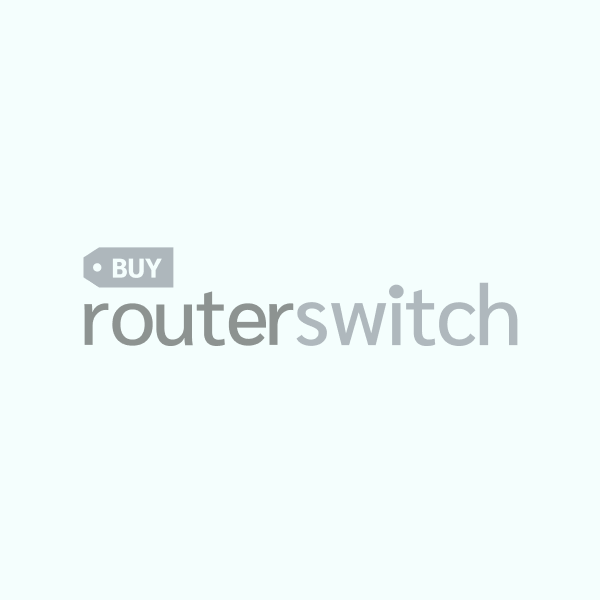


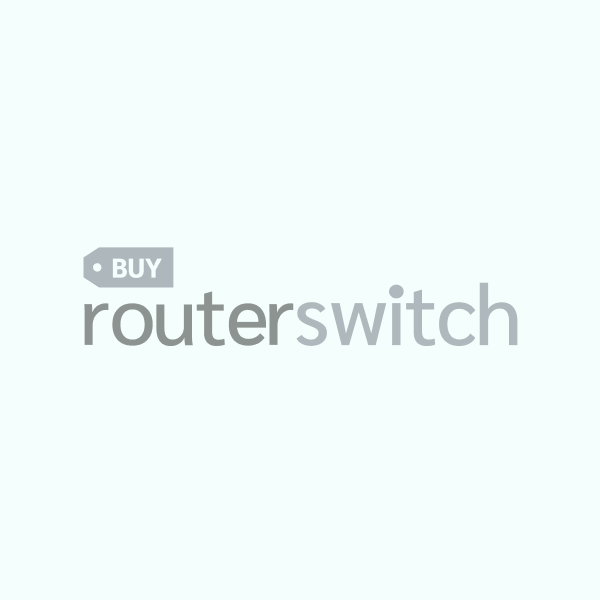
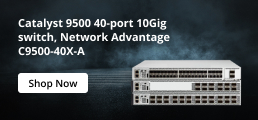
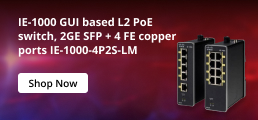
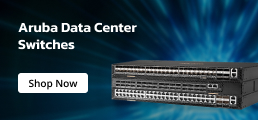

















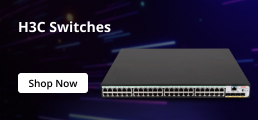



















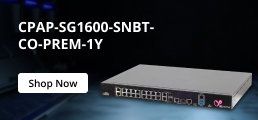




























































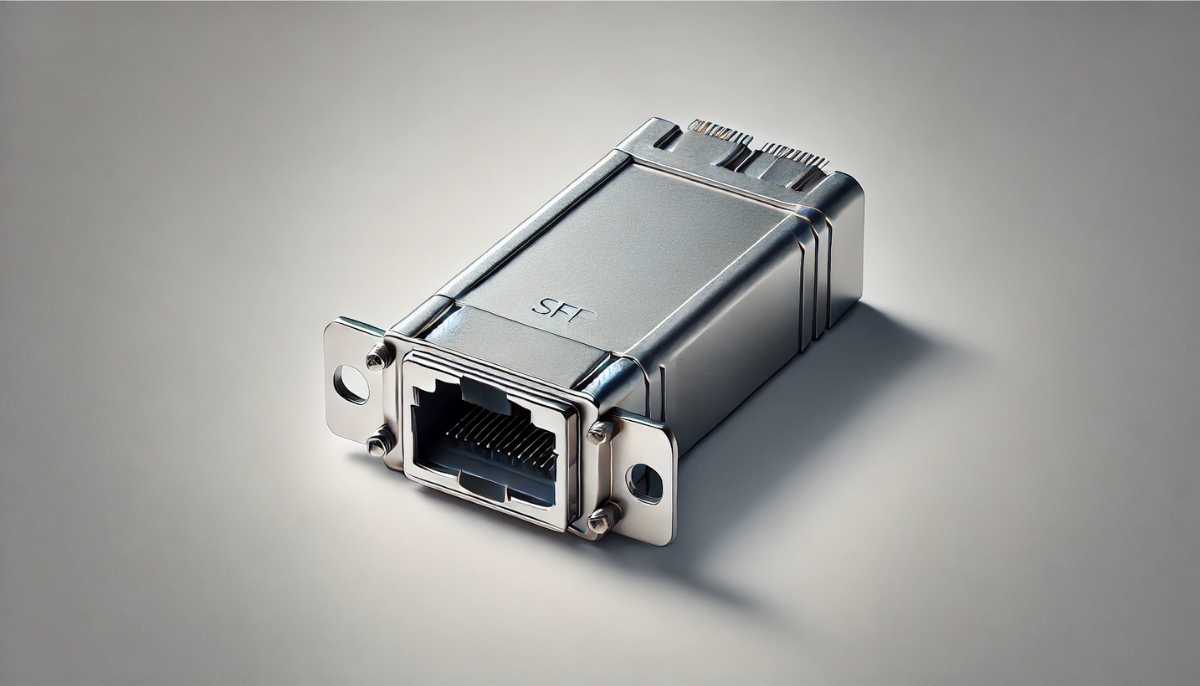

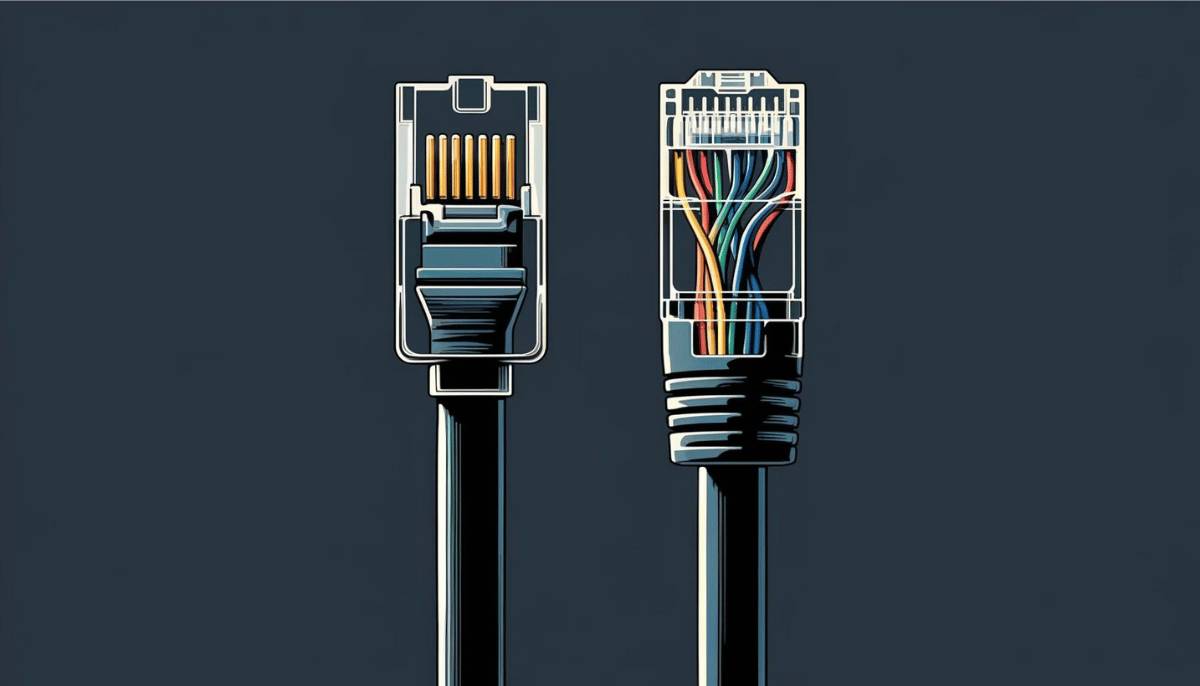





 (800) 870-9487
(800) 870-9487